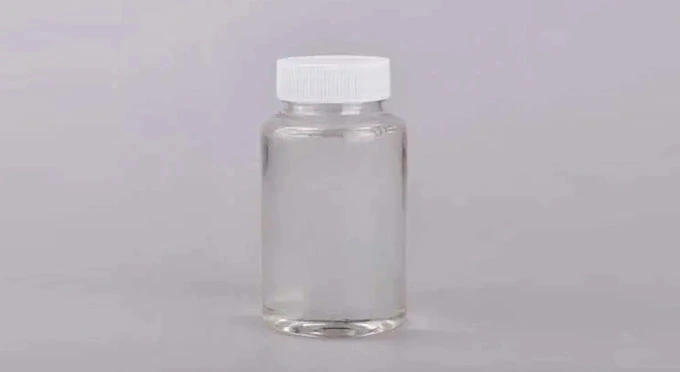
Superplasticizers
Lignosulphonate
Gluconate
Dispersant
Redispersible Polymer Powder
Celluloses
Antifoam Agent
Calcium Formate
Product List
Concrete
Mortar Additives
Leather & Textile
Dyestuff
Dust Control
Ceramics
Animal Feed
Agriculture
Case
Search
 English
English 











